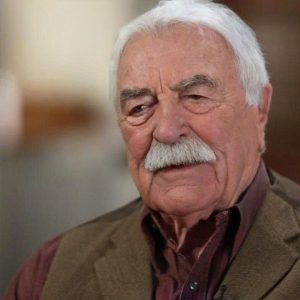One of the central pillars of Leavitt’s overhaul is the introduction of a rotating “new media” seat in the White House briefing room. This seat will be open to independent outlets, podcasters, social media influencers, and other non-traditional media actors who can apply for credentials. Leavitt emphasized that this move is meant to democratize access and break the monopolistic hold of established media organizations.
Leavitt defended the change as a necessary response to the evolving journalism landscape, pointing to declining public trust in traditional media and the rise of alternative platforms. She made clear that her team will evaluate applicants and grant access based on criteria, including security clearances. “We will speak to all media outlets and personalities, not just the legacy media who are seated in this room,” she said.
Beyond the briefing room, Leavitt also proposed a revamp of how pool reporters are selected. Under the new plan, the White House press office itself will have greater control over which outlets participate in the press pool — a role historically managed by the White House Correspondents’ Association (WHCA). This has already sparked backlash from media groups, which view it as an encroachment on press independence.
She also announced that the print wire service slot in the pool would be consolidated into a single rotating position, a change that could displace or limit the roles of longstanding wire services. Critics warn that such centralizing moves may undermine journalistic checks on executive power.
New York Post
Unsurprisingly, the shakeup has provoked sharp criticism from press associations. The WHCA accused the administration of undermining the independence of a free press, with its board president calling the changes a “monetized monopoly” over White House reporting.
New York Post






